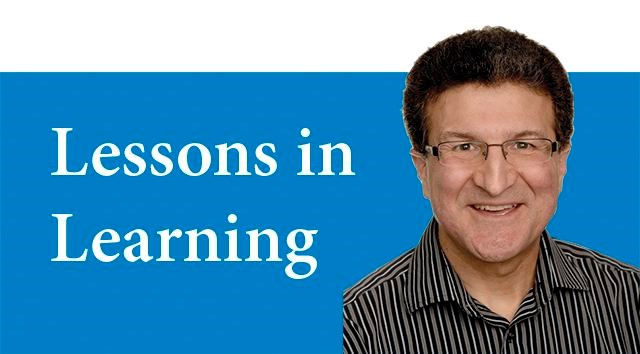One of the fruits of regular meditation is something called mindfulness, meaning basically that we are more aware - aware primarily of our own thoughts and feelings, but also aware of the world around us and the task at hand.
A number of leading corporations have begun using mindfulness training with their employees, companies such as Apple, Google, Deutsche Bank and General Mills.
The results have been astounding, with increases in productivity, greater capacity to deal with stressful situations, and a general improvement in the work atmosphere. In other words, these corporations found that making mindfulness training available to their employees was well worth the investment.
Many top athletes also use mindfulness training. It helps them to get into "flow" and to consistently perform well in high-pressure situations.
Teaching can also be a very stressful job, and a study from the University of Virginia found that training teachers in mindfulness can create a more positive learning environment for students. These educators tended to be more organized, friendlier and generally more positive with students.
Though this was not a long term study, it can be deduced that this would likely have a very positive impact not only on student learning, but also on teacher retention.
How does one achieve mindfulness? Historically, this has been done through forms of meditation. Mystics of all religions achieved levels of awareness that many believed were unattainable for those living outside of monasteries. Today, techniques are taught which are not part of any religion. It has also been found that technology can be used to enhance and even accelerate the benefits of meditation.
My own experience with mindfulness training has also been extremely positive. While I had used (and continue to use) more traditional forms of meditation for most of my life, I tried one of the technologically-assisted forms a number of years ago. I listened to sounds which brought me to deeper and deeper levels of meditation. I was astounded at the benefits. Every aspect of my life, including my teaching, improved.
Stephen Covey, in his classic The 7 Habits of Highly Effective People, talks about how there is a gap between stimulus and response. When things happen to us, we do not have to simply react. Reacting without thought can have very negative consequences. For example, we perceive an insult, so we hit the person who said it before they can do it again.
Effective people assess the situation and respond. "Did that person really mean what they said as an insult? Are they having a bad day? Maybe I should ask a few questions to clarify where they are coming from."
The more I meditated, the larger this gap became. It became easier to distinguish between my own thoughts and feelings, and those of people around me. I realized that the negative behaviours of others rarely had anything to do with me, and it became easier to respond with empathy and compassion. I recall an incident in my classroom with at-risk students, who themselves have a tendency to be quite reactive. One young man was acting up and another student found that quite annoying. He said, "Chidiac! How can you stay so calm when he's acting that way?" I turned to him, and replied, "I meditate." Then we all had a chuckle.
What is beautiful about the age that we live in is that we are not only aware of the benefits of developing mindfulness, we are also aware that there are many ways to achieve it. Whether or not we are encouraged by our employers, we can explore yoga and many different forms of meditation.
When we find what works best for us, we can use mindfulness to not only improve our lives, but to change the world in ways that we never thought possible.



